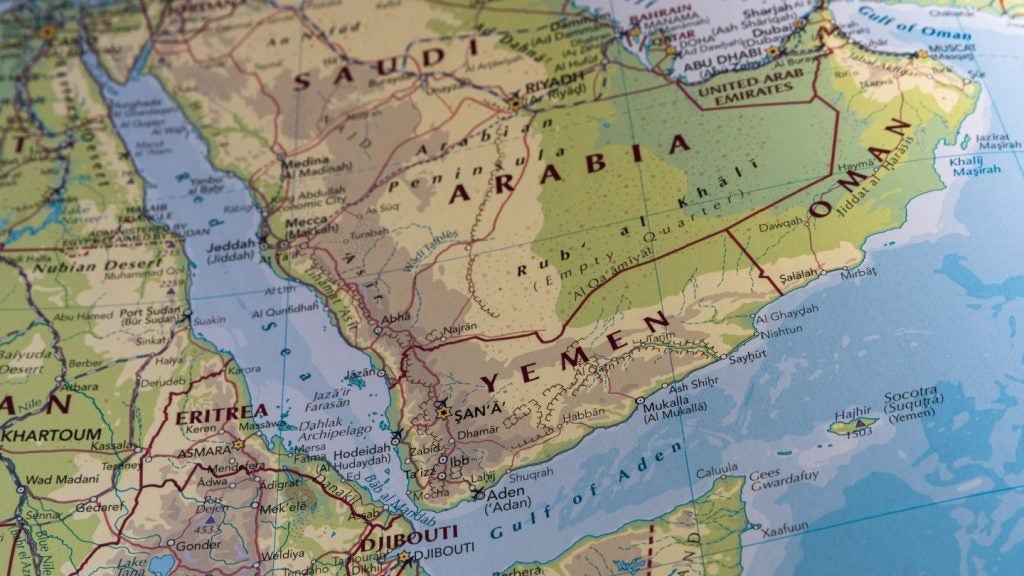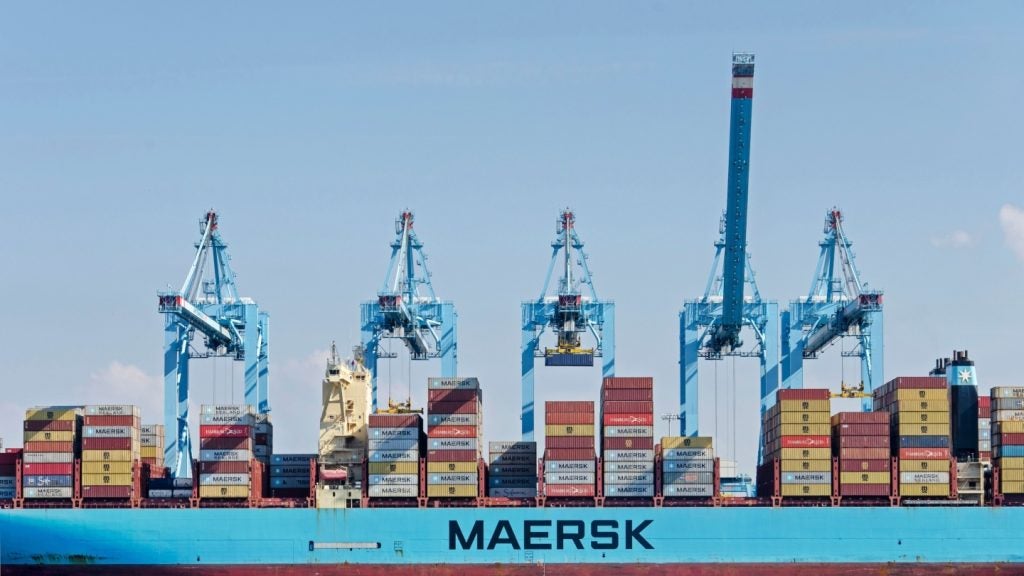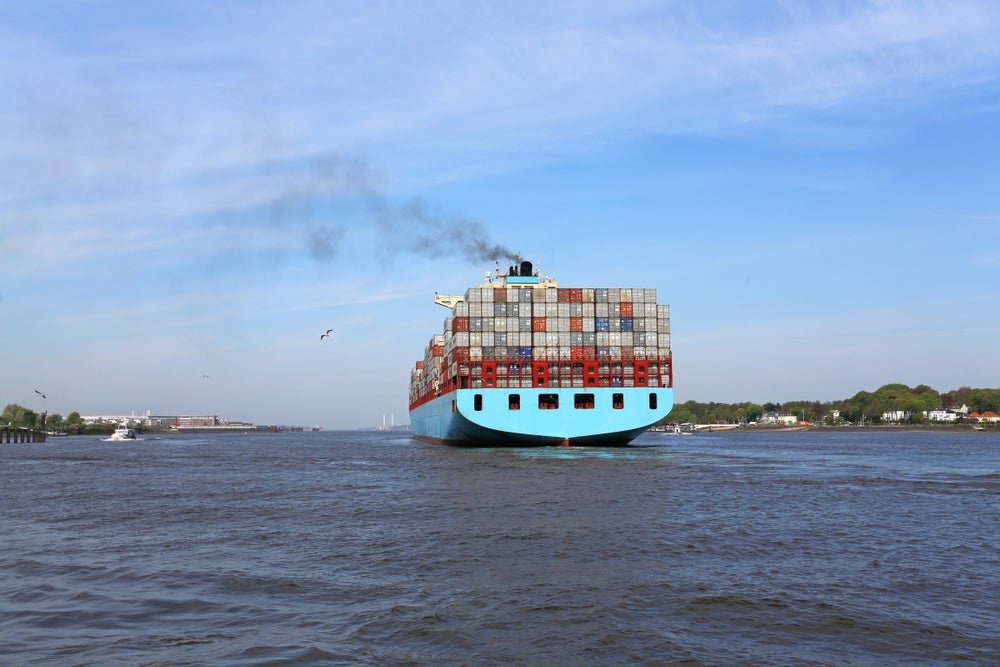
In November last year, marine insurer The Swedish Club urged ship-owners to be on alert following a rise of stowaway incidents in South African ports over the previous two months. The numbers were expected to rise further in the run-up to the Christmas holidays, as individuals start looking for free passage home.
Apart from putting themselves in life-threatening situations during long voyages at sea, stowaways present a myriad of legal, financial, safety and security problems to ship-owners, who are liable for covering all deportation costs and in charge of drawing up complex legal documentation.
The International Maritime Organization (IMO) flags it up as a serious problem for the shipping industry, and warns that “no signs of improvements have been seen regarding the reduction of stowaway cases.”
Statistics released by the IMO show that in 2014 there were 61 incidents involving 120 stowaways. Africa accounted for approximately 81% of the total cases, with Cape Town and Lagos the most common ports of embarkment. Most stowaways targeted containerships, with 25 incidents, followed by bulk carriers with 10 reported incidents and oil tankers with seven cases.
According to The Swedish Club, the average cost for a stowaway case is around $38,500, although this can escalate to several hundreds of thousands of dollars depending on how complex each individual case is.
Moreover, recent investigations undertaken by the company in Durban, South Africa, found that organised stowaway networks now operate in and around regional ports, assisting trespassers in obtaining access to ports and then onto ships.
How well do you really know your competitors?
Access the most comprehensive Company Profiles on the market, powered by GlobalData. Save hours of research. Gain competitive edge.

Thank you!
Your download email will arrive shortly
Not ready to buy yet? Download a free sample
We are confident about the unique quality of our Company Profiles. However, we want you to make the most beneficial decision for your business, so we offer a free sample that you can download by submitting the below form
By GlobalData“This intelligence gathered has revealed that in East, South and West Africa we have now moved away from the period of disenfranchised people seeking a better life, to the age of the professional stowaway,” The Swedish Club managing director Michael Heads wrote in an editorial.
How do stowaways go unnoticed?
The IMO defines a stowaway as “a person who is secreted on a ship, or in cargo which is subsequently loaded on the ship, without the consent of the ship-owner or the Master or any other responsible person and who is detected on board the ship after it has departed from a port, or in the cargo while unloading it in the port of arrival, and is reported as a stowaway by the master to the appropriate authorities”.
Ship-owners have struggled with this issue for years, particularly those travelling the coast of West Africa, in Central America, Colombia, Venezuela and the Dominican Republic.
According to maritime insurance company GARD, many of the persons attempting to board vessels are illegal immigrants working in South African ports as casual labour.
Stowaways usually board the ship unnoticed, late at night or during the early hours of the morning, by wearing similar clothing to the crew’s uniforms, showing false IDs, climbing up berthing ropes or hiding in empty containers. Some might gain access with the full knowledge of port security officers in exchange for bribes. Once on board, stowaways can hide in empty containers, concealed behind fake walls, or even next to ship’s rudder, in the engine room, paint locker or steering flat.
The travelling conditions are highly risky, and the trespasser often faces the danger of death by serious injury, drowning, hunger and dehydration or hypothermia.
In 2014, 35 stowaways were discovered “screaming and banging” inside a shipping container at Tilbury Docks in Essex, shortly after its arrival from Belgium. One man died, while the rest were hospitalised with severe dehydration and hypothermia.
In November 2015, an entire shipment of medical supplies worth $3.9m had to be destroyed after stowaways broke into the container and, more recently, 16 stowaways were arrested by the Nigerian Maritime Administration and Safety Agency after they illegally boarded a ship headed to the US, which, along with Canada, is a prime target destination for many stowaways.
An urgent need for action
An international convention relating to stowaways was adopted in Brussels in 1957, but it has not yet entered into force and is unlikely to do so, since not enough countries worldwide have yet ratified it. At present, stowaways are protected under the United Nations Declaration on Human Rights and the European Convention on Human Rights.
In 2011, the IMO adopted a resolution to the FAL Convention, setting out preventive measures for ship and port personnel, as well as a guide for the treatment of stowaways while on board.
Under the convention, port and terminal authorities are urged to regularly patrol the port areas and establish special storage facilities for cargo with a high risk of access of stowaways. They must also thoroughly search cargo itself, as well as any warehouses and storage areas, and cooperate with public authorities, ship-owners, masters and relevant shore-side entities.
On board, the ship-owner or master is tasked with locking all doors, hatches and means of access to storage spaces, and ensuring adequate patrolling of the deck at all times, as well as appropriate lighting at night.
Despite all precautions, stowaways can still slip past the checks and find their way on board.
Under these circumstances, the responsibility of the master of the ship is to determine the port of embarkation, their identity and nationality, prepare a full statement for the authorities and notify the port authority before the ship’s next stop. Most importantly, they should provide them with the necessary accommodation, medical attention and sanitary facilities.
The FAL.11(37) Convention recognises that “the resolution of stowaway cases is difficult because of different national legislation in each of the several potentially involved States, such as the State of embarkation, the State of disembarkation, the flag State of the ship, the State of apparent, nationality or citizenship or right of residence of the stowaway, and States of transit during repatriation”.
While the IMO admits the urgent need for an international agreement on cases involving stowaways, the absence of such regulation means that these incidents are likely to continue unabated, with potentially fatal consequences for the individuals involved and major financial strains for the ship-owners affected.







